When the suspended late-night comic Jimmy Kimmel got his show back in late September, he did not apologize for the callous remark that briefly drove him off the air. Kimmel had accused Donald Trump and his followers of harboring and inciting the man who assassinated the activist Charlie Kirk, a beloved friend to many in Trump’s circle. This brought threats from one of Trump’s communications officials, then boycotts by two major station operators and finally Disney’s suspension of Kimmel. On his return, the comedian cracked a joke about Trump: “I don’t like bullies,” he said. “I played the clarinet in high school.”
Weird thing to say. With tempers running so high, why would an impenitent enemy settle for calling Trump a “bully?” Why not call him a censor? A dictator? A traitor?
Because today, “bully” has somehow become a worse insult than any of these things. The reason has nothing to do with reality. In real life, bullies are like Moe, the lumbering, mop-headed mauler in Bill Watterson’s comic strip Calvin and Hobbes. Calvin is small and Moe covets his school lunch. He makes credible threats of violence, conveyed by a clenched fist or a muttered insult, to get it. Whether or not you think Trump is a bully, both he and Moe must be reckoned with. Bullies can be dangerous and effective.
Not so the “bully” of today’s political cliché. On the one hand, he’s utterly evil – intimidating others for no reason at all. His goals don’t even rise to the level of Moe and his school lunch – they’re mere pretexts. Trump doesn’t want to secure the Mexican border against immigration. He wants to put children in cages.
On the other hand, he’s a pathetico. The key trait of today’s imaginary “bully” is this: he’s a coward. He’s like a macho man in an Italian comedy. All his roaring toxic masculinity is a front. Eventually he will run squealing away, like the pusillanimous little sissy he is at heart. Democrats cling to the fantasy that anyone they label a “bully” will wimp out. Last election season, California Governor Gavin Newsom called on fellow Democrats to “punch these sons of bitches in the mouth.” Has that worked out? When Trump advanced his tariff plans in March, a Miami Herald correspondent urged massive resistance: “The only way to fight bullies,” he wrote, “is to stand up and watch them cower.” We’re waiting. The “bully” story is the familiar parable of Hitler and Chamberlain at Munich in 1938, retold for people who know more about pop psychology than history.
We have convinced ourselves that Putin will back down if only we provoke and insult him enough
If the world really functioned this way, it would be a convenient thing for politicians. The essence of politics, after all, is enlisting supporters in battles of various kinds. It’s easier to do that if you can pretend that high-stakes conflicts are actually low-risk. All you have to do is “stand up” to the bully. For 20 years, we have convinced ourselves that Vladimir Putin, possessor of the world’s largest nuclear arsenal, will “back down” if only we provoke and insult him enough. How do we know this? Because he is a “bully” – in fact, a “schoolyard bully,” which conveys that opposing him will be no more difficult that opposing a child. Again, we’re still waiting.
Like a lot of what professes to be age-old wisdom, our picture of the bully is actually a recent ideological invention. According to Google’s Ngram Viewer, the graph showing the use of the word “bully” over the past two centuries is shaped like a hockey stick. Never a particularly common word, it makes an almost vertical leap sometime in the 1980s, to the point where it is today used about ten times more frequently than it was back then. Similarly, expressions involving the things you do to bullies – whether “standing up to” or “calling out” – have also roughly doubled since Ronald Reagan’s day.
That is no coincidence. Sometime around the end of the Cold War, Washington began to need this redefinition of “bully” – mostly because it was intent on using the so-called “unipolar moment” to push others around. In 1999, the United States launched the first interstate war in Europe since World War Two in order to discipline Serbian strongman Slobodan Milošević for his anti-terrorist actions in the province of Kosovo. As one foreign policy expert put it, Milošević was “a playground bully who would fight, but back off after a punch in the nose.”
Then-secretary of state Madeleine Albright’s advisors took to calling Milošević the Bully of Belgrade, just as defense experts in the two George Bush presidencies referred to Saddam Hussein as the Bully of Baghdad. The Iraq War that the younger Bush launched in 2003 has indeed gone down as a landmark in the history of bullying, though not for anything Saddam did.
American policymakers persist in making bullying our model. “Trump is somebody who is a bully, and bullies understand other bullies,” said Obama advisor Susan Rice on a recent podcast. “And they back down when people stand up to them.”
The Bully Doctrine boils down to this: the more threatening a person is, the less threatening he is. Where does this bizarre idea come from? Perhaps it is a holdover from an age of gentlemanly manners when, for instance, bragging about money was a sign you didn’t have any. Perhaps it comes from the age of Freud, when people understood human personality traits as compensations for deeply felt, hidden inadequacies. But it seems more likely that our ideas of bullying arise from stupid after-school specials and Disney films – and that we believe them out of wishful thinking. It’s a poor compass for navigating a dangerous time.
This article was originally published in The Spectator’s October 13, 2025 World edition.



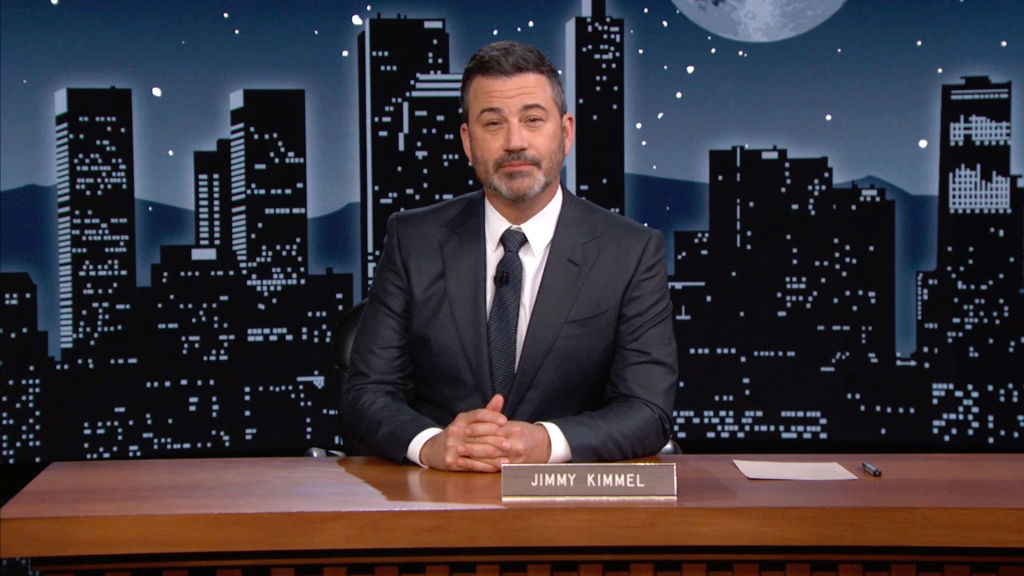












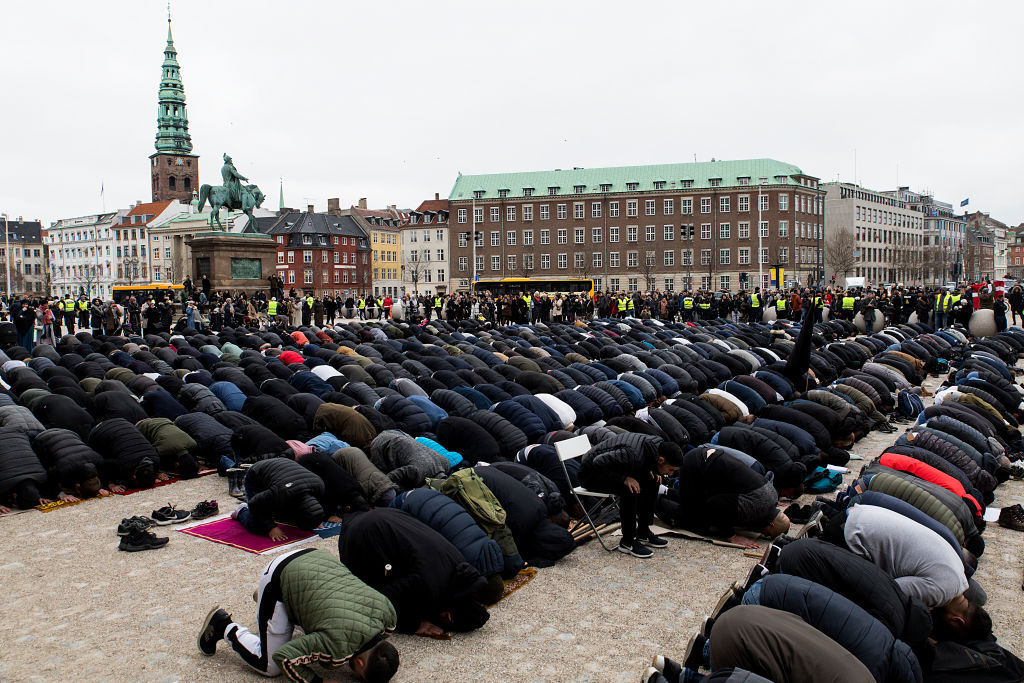
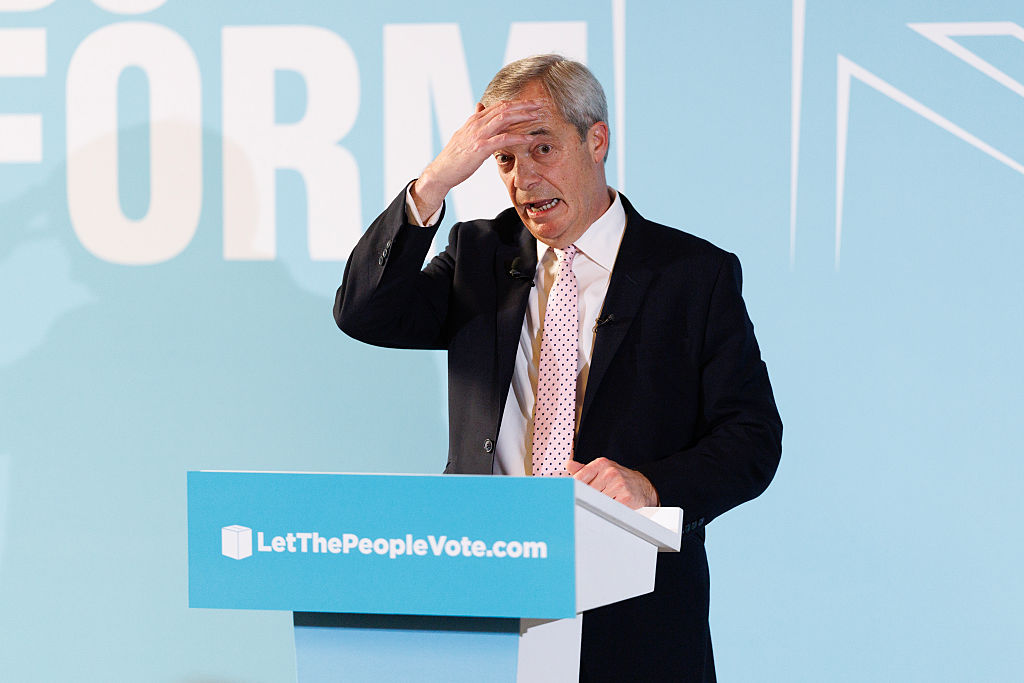
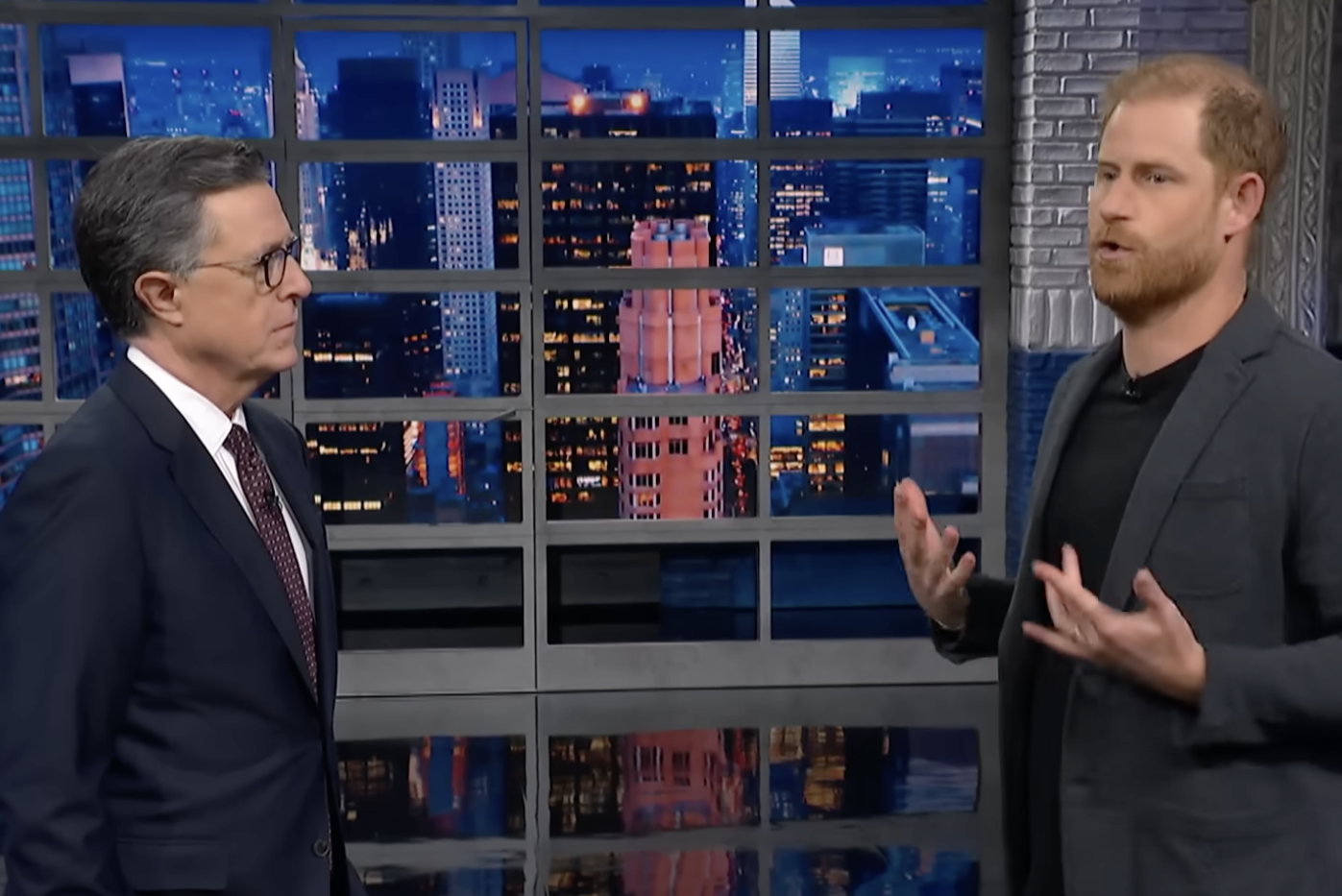

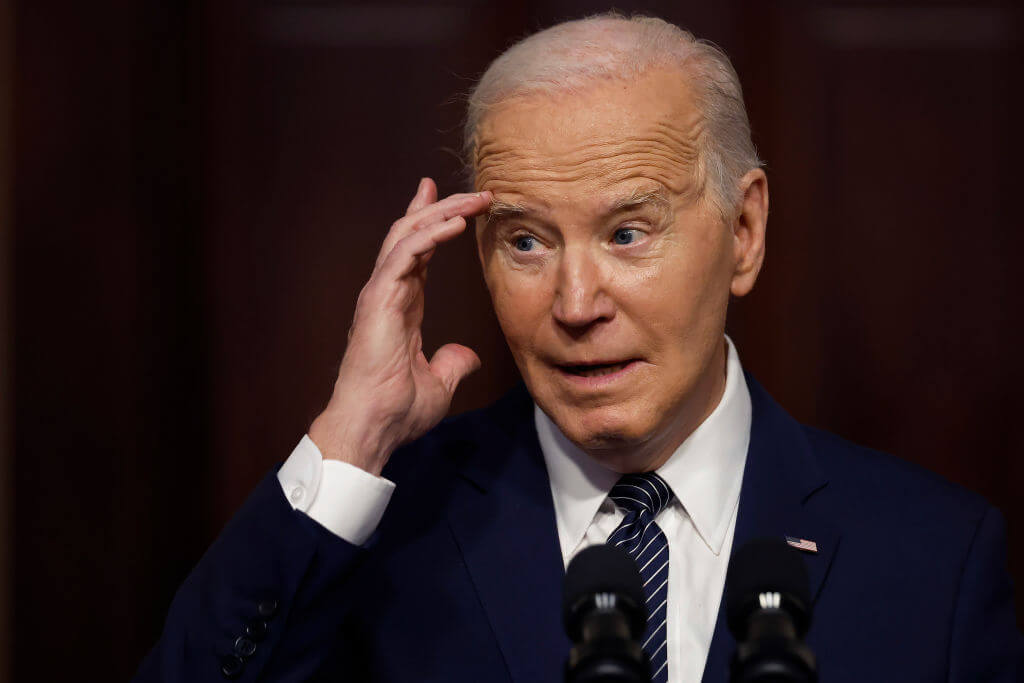



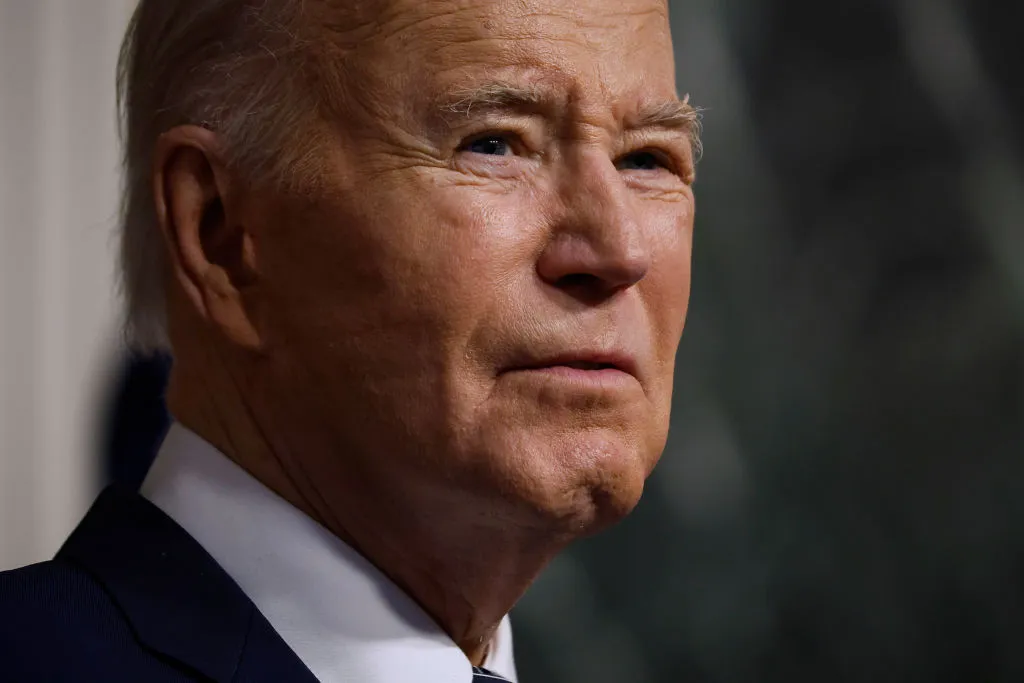

Leave a Reply